Applications for Ohio Farm Bureau Health Plans now available
Members have three ways to apply: contacting a certified agent, calling 833-468-4280 or visiting ohiofarmbureauhealthplans.org.
Read MoreThe impact of an unusually wet spring last year is still being felt by Ohio’s livestock producers. Rains that kept many farmers from planting corn and soybeans in a timely manner, or in some cases not planting at all, also caused headaches for forage producers.
“We couldn’t get started with the first cutting of forages until July so we gave up a significant amount of annual tonnage right off the bat,” said Allen Gahler, an Ohio State Extension educator for ag and natural resources in Sandusky County. “Even though we had an abundance of first cutting, the calendar did not allow us to harvest as many times as we normally would.”
The delayed start to harvest also affected the quality of forages. The first cutting yields the highest tonnage but the lowest quality. Throughout the growing season, the crop gets better with each cutting. In 2019, about 75% of the total forage production came with the first cutting, putting the later, high quality product at a premium.
“That has presented a really big problem for dairies because what little bit of high quality hay that is out there is in high demand,” Gahler said. “Dairy farmers can’t compete with other hay dependent livestock sectors like horses to pay for that good quality hay, so they are struggling to find the right type of feed that will continue to maintain milk production.”
For beef, sheep and goat producers, Gahler urges a “test, don’t guess” philosophy when it comes to the 2019 forage crop.
“If you don’t test your forages you have no idea what you are feeding and look and feel can only tell us so much,” Gahler said. “Until we have a test to match the protein, energy and mineral needs of whatever livestock is being fed, we don’t know if we are giving them the right amount of nutrients.”
Gahler points to examples from last winter when a lack of testing forage content led to cows dying of starvation even though their stomachs were full.
Farmers are going to extensive measures to find forages worth feeding, with some having hay shipped in from Colorado, Nebraska and Kansas where center pivots are used during the growing season. Gahler and his colleagues at Ohio State Extension are meeting with producers to educate them on forage testing and how to economically find the right feed for their herds.
“The key is figuring out which nutrients are the most cost-effective to purchase, not just what is convenient and readily available,” Gahler said. “Maybe the answer is not just going to shelled corn or a different type of hay, but considering buying a different product than they are used to and having to find a new way of doing things in order to survive both nutritionally and economically.”
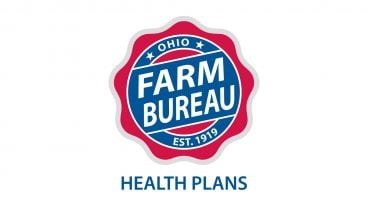
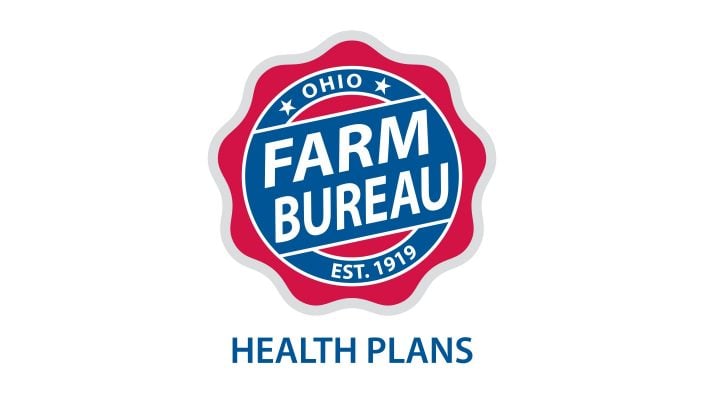
Members have three ways to apply: contacting a certified agent, calling 833-468-4280 or visiting ohiofarmbureauhealthplans.org.
Read More

Ryan Hiser has experienced first-hand the importance of having the opportunity to vote on issues that will affect his family operation and other farmers.
Read More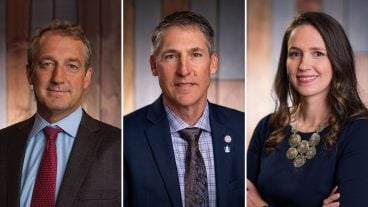
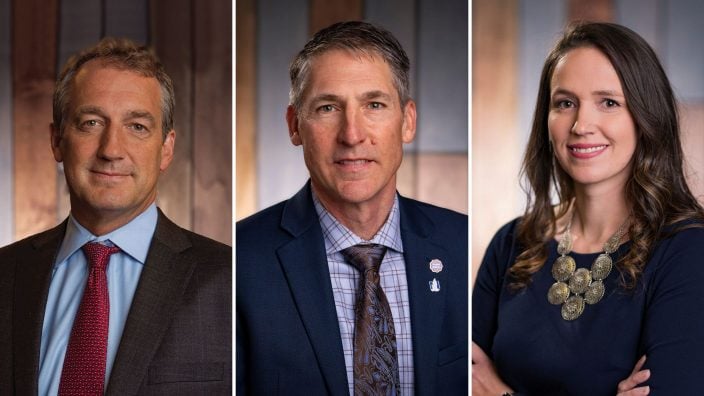
Bill Patterson, Cy Prettyman and Adele Flynn will continue to serve as officers for Ohio Farm Bureau Federation.
Read More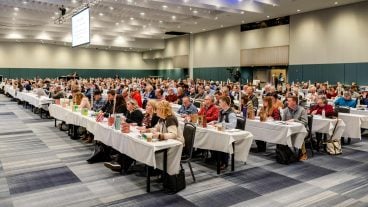
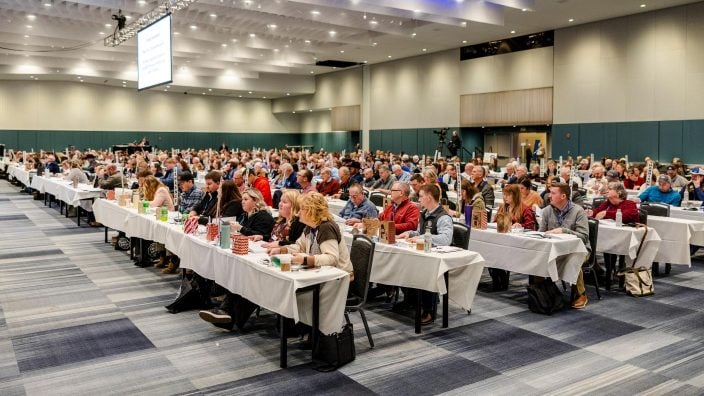
Delegates discussed many topics impacting agriculture including farmland preservation, local foods, and succession planning.
Read More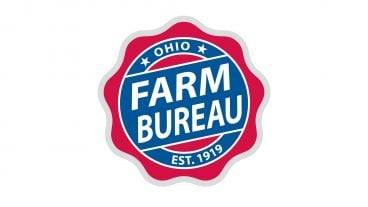
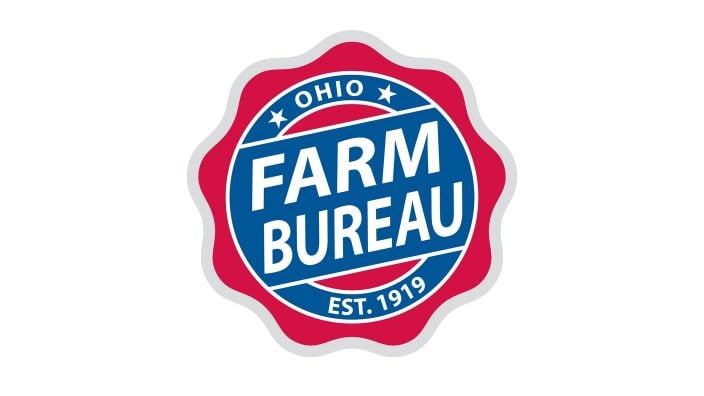
Twenty-six farmers govern the state’s largest farm and food organization.
Read More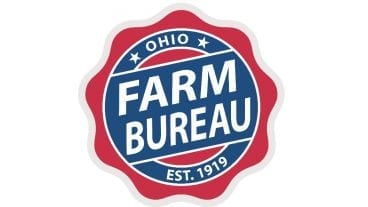
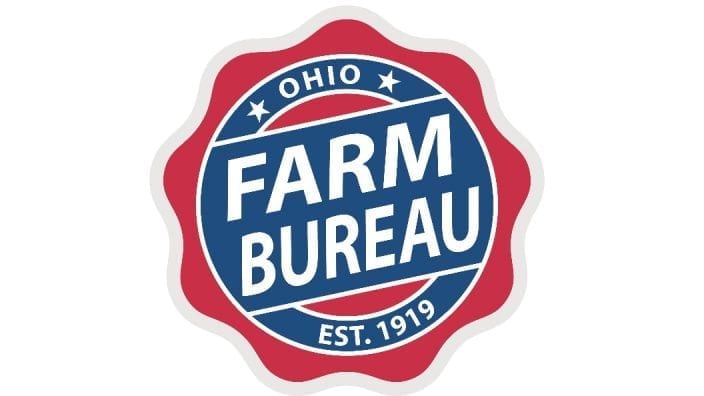
The 2025 recipients are Fred Cooke (posthumous) of Richland County, Marvin Dietsch of Williams County, Steven Knollman of Hamilton County and Michele Miller (posthumous) of Ottawa County.
Read More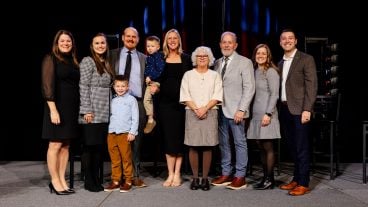

Nathan and Jill Parriman grow seasonal crops, including Christmas trees, pumpkins and cut flowers, providing U-cut experiences that invite customers to engage directly with agriculture.
Read More

The 2025 Distinguished Service Award recipients are Craig Adams, Mike Townsley, and Kellogg Farms, Kurt Farms and Stateler Family Farms.
Read More

Ohio Farm Bureau Treasurer Adele Flynn participated in the meeting, representing Ohio farmers.
Read More

For Ohio and PJM region, the outlook is reassuring—ample reserves and strong planning should keep the power on.
Read More